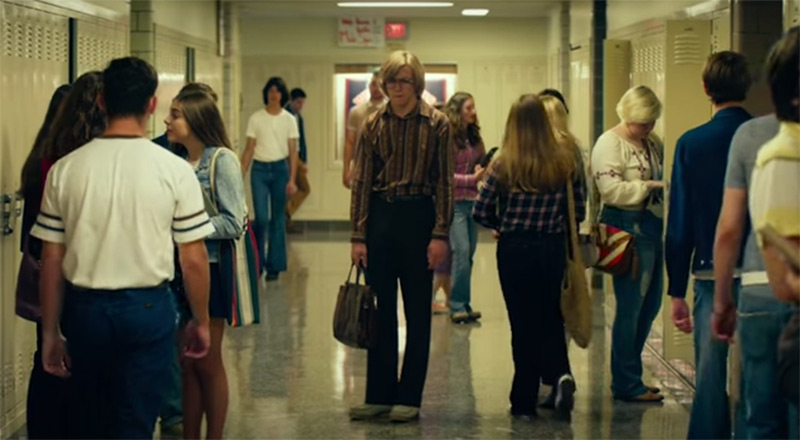

Green River Killer ( 2011) is written by Jeff Jensen, son of the lead detective in the Green River case and the prosecution of killer Gary Ridgeway, with art by Jonathan Case. Derf Backderf, author and artist of My Friend Dahmer ( 2012), was a high school friend of Jeffrey Dahmer, more widely known as the ‘Milwaukee Cannibal’. The artists of both books have curious relationships to the killer himself. How do these comics use these tools and to what effect? The comics I consider in this article are recent publications concerned with American serial killers. The aim of this article is threefold – to provide a very brief overview to the history of crime narratives in the comics form, to consider the specific ways in which comics is presenting these narratives – I am especially interested in what I’ve named ‘tools of suggestion and implication’ – and finally to look at two specific true crime comics and do some close analysis. To conclude, I perform a close analysis of one framing aspect of My Friend Dahmer and expand on what the execution of this technique can tell us about comics as a true crime form. I consider how these two comics, distinct in their artistic presentation and their focus, frame their respective subjects and represent the complexities of serial murder. This article considers the framing techniques deployed in both comics. Two comics have received massive critical acclaim for their portrayals of ‘famous’ American serial killers: Jeffrey Dahmer in Derf’s My Friend Dahmer (2012) and Arthur Shawcross in Jeff Jensen & Jonathan Case’s Green River Killer (2011). Comics as a form is uniquely positioned to represent violent and graphic narratives in such a way as to maximise reader affect and create a chronicle of crime that is both entertaining and captivating, guiding and being guided by the reader.


The comics form has not remained untouched by true crime’s massive surge in status across popular culture, especially in America.


 0 kommentar(er)
0 kommentar(er)
